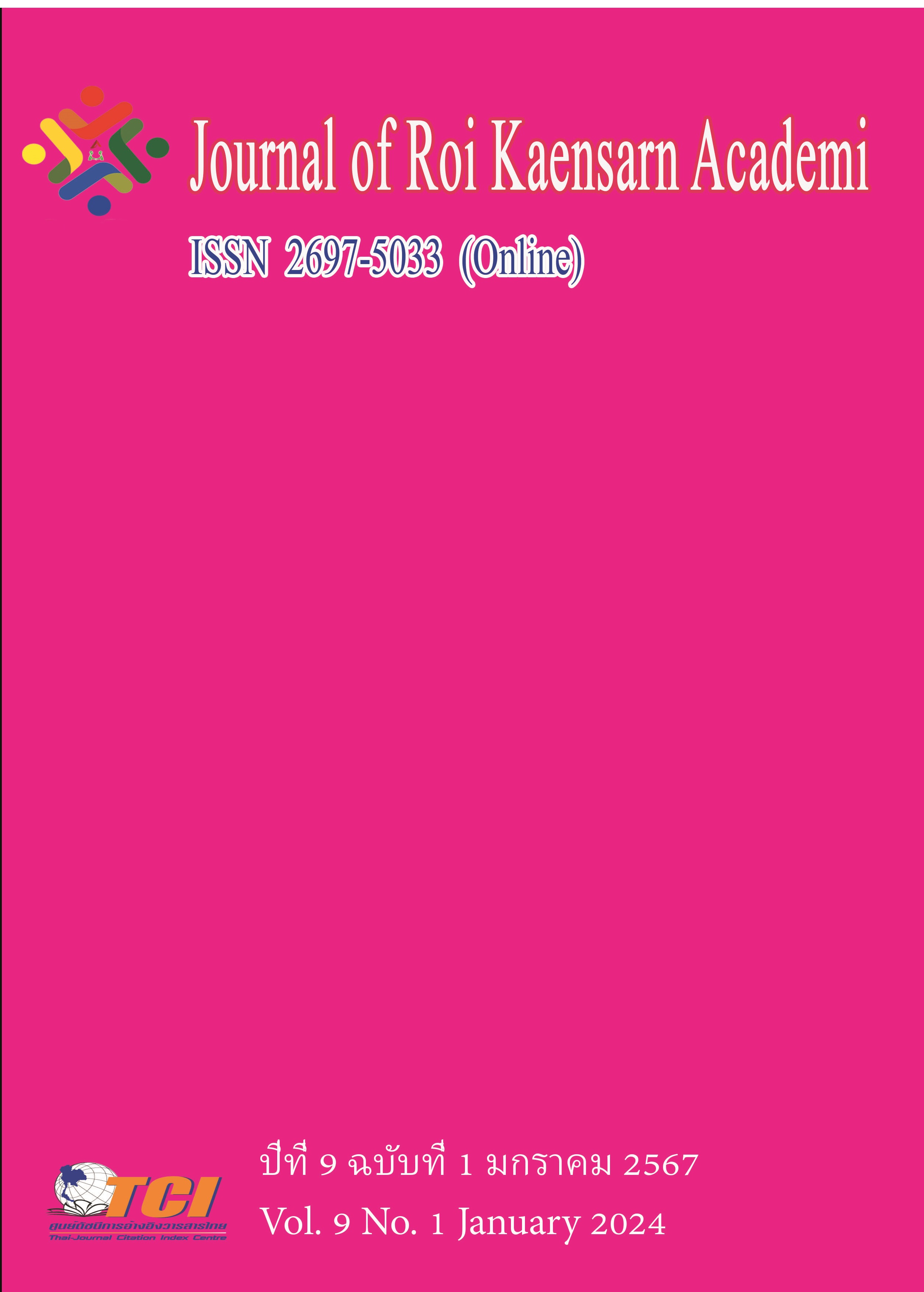Thai Beaches Tourism Image among Chinese Millennials in Thailand
Main Article Content
บทคัดย่อ
Article Details
เอกสารอ้างอิง
Amonhaemanon, D., & Amornhaymanon, L. (2015). Mainland Chinese Tourist Behavior and Motivations: Evidence from Two Destinations in Southern Thailand. Journal of International and Thai Tourism, 11 (1), 18-36.
Baloglu, S., & McCleary, K. (1999). A model of destination image formation. Annals of Tourism Research, 26 (4), 868-897.
Beerli, A., & Martín, J. D. (2004). Factors Influencing Destination Image. Annals of Tourism Research, 31 (3), 657-681.
Calantone, R.J., Di Benedetto, C.A., Hakam, A., & Bojanic, D.C. (1989). Multiple multinational tourism positioning using correspondence analysis. Journal of Travel Research, 28 (2), 25-32.
Chen, C., & Tsai, D. (2007). How destination image and evaluative factors affect behavioral intentions? Tourism Management, 28 (4), 1115-1122.
Confederation, W. T. (2015). Millennial Traveller; Executive Summary. Disponible en (abril 2018): https://www. wysetc. org/wp-content/uploads/2014/11/Millennial-Traveller- executive-summary.
Crompton, J. (1979). Motivations for Pleasure Vacations. Annals of Tourism Research, 6(4), 408-424.
Dudarenok, A. (2020). Livestreaming in China: only for sales or is there brand value?.
Echtner, C. M., & Ritchie, J. B. (2003). The Meaning and Measurement of Destination Image. The Journal of Tourism Studies, 14 (1), 37-48.
Echtner, C.M. & Ritchie, J. B. (1993). The Measurement of Destination Image: An Empirical Assessment. Journal of Travel Research, 31 (3), 1-13.
Gartner, W. (1989). Tourism Image: Attribute Measurement of State Tourism Products Using Multidimensional Scaling Techniques. Journal of Travel Research, 28 (2), 16-20.
Goldman Sachs Global Investment Research (2015). The Future of Finance. Americas: Technology:Internet. https://www.gspublishing.com/content/research/en/reports/201 5/03/13/27d3b5ca-f425-4b11-af87-e63ea3dcc121.pdf
Gunn, C.A. (1972). Vacationscape: Designing Tourist Region. Washington: Taylor & Francis.
Guo, C. (2017). Chinese traveling user generated content platforms: Mafengwo vs Qyer. www.2open.biz/chinese-traveling-user-generated-content-platforms-mafengwo-vs- qyer/
Hartanto, Y., Firmansyah, M. A., & Adhrianti, L. (2022, April). Implementation Digital Marketing Pesona 88 Curup in to Build Image for the Decision of Visit Tourist Attraction. In 4th Social and Humanities Research Symposium (SoRes 2021) (589- 594). Atlantis Press.
Hunt, J.D. (1975). Image as a factor in tourism development. Journal of Travel Research, 13, 1-7.
Kim, J. (2014). The antecedents of memorable tourism experience: The development of a scale to measure destination attributes associated with memorable experiences. Tourism Management, 44, 34-45.
Kusluvan, S., Kusluvan, Z., Ilhan, I., & Buyruk, L. (2010). The human dimension: A review of human resources management issues in the tourism and hospitality industry. Cornell Hospitality Quarterly, 51 (2), 171-214.
Luo, J., Dey, B. L., Yalkin, C., Sivarajah, U., Punjaisri, K., Huang, Y.-a., & Yen, D. A. (2018). Millennial Chinese consumers' perceived destination brand value. Journal of Business Research , 116, 655-665.
Mukmin, S. (2022). Beach Are Development Strategy as the Prime Tourism Area in Indonesia. Beach Are Development Strategy as the Prime Tourism Area in Indonesis, 13 (2 (58), 414-426.
Nuchruedee Ruimai. (2022). Communications Images : Sustainable expansion of forienge tourism market. Journal of Rajanagarindra, 19 (1), 33-41.
Pacific Asia Travel Association. (2017). The Digital Journey: Connecting with the Chinese Consumer Before, During and After Travel.
Phelps, A. (1986). Holiday destination image: The problem of assessment-An example developed in Menorca. Tourism Management, 7 (3), 168-180.
Richardson, S.L., & Crompton, J.L. (1988). Cultural variations in perceptions of vacation attributes. Tourism Management, June, 128-136.
Tse, T. S., & Hobson, P. J. (2008). The Forces Shaping China's Outbound Tourism. Journal of China Tourism Research, 4 (2), 136-155.
World Tourism Cities Federation & Ipsos. (2018). Market Research Report on Chinese Outbound Tourist (City) Consumption (2017-2018). Beijing.
World Tourism Organization. (2017). Penetrating the Chinese Outbound Tourism Market - Successful Practices and Solutions. Madrid: UNWTO.
World Tourism Organization. (2019). Guildlines for the Success in the Chinese Outbound Tourism Market. Madrid: UNWTO.
World Tourism Organization. (2019). UNWTO Tourism Definitions. Madrid: UNWTO.

